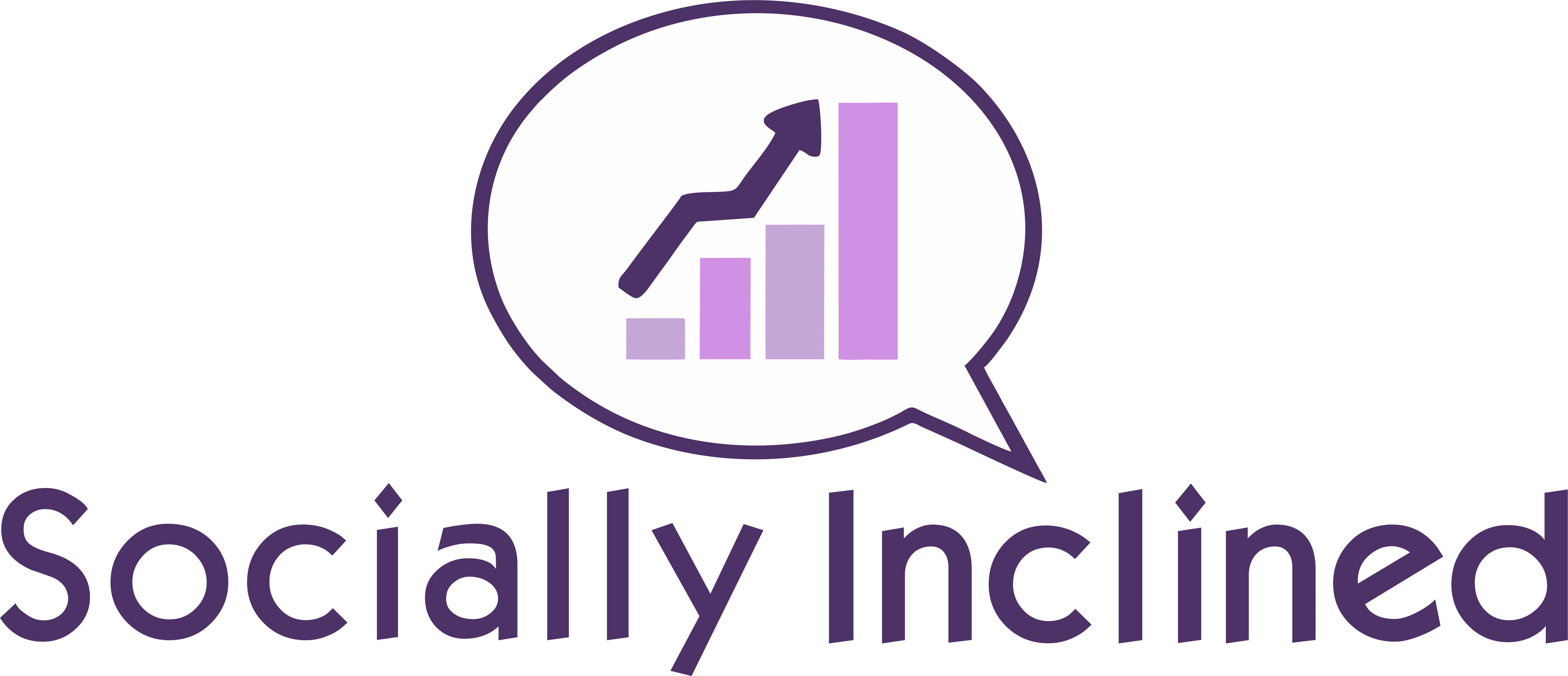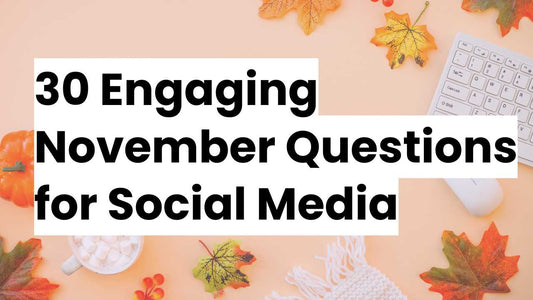Frequently Asked Questions
1. Why is it important to know your target audience on social media?
2. What are some effective methods for conducting market research?
3. How can I analyze existing data to define my audience?
4. What are audience personas and how do I create them?
5. What steps can I take to engage with my audience on social media?
Understanding your target audience is the key to successful marketing, especially on social media. As businesses grow, social platforms have become integral to engaging potential customers, building relationships, and driving conversions. But you're gonna have a hard time selling more steaks if your content is landing in front of a bunch of vegans...
So, how do you pinpoint who your ideal audience is?
In this comprehensive guide, we’ll explore effective strategies to define your target audience on social media, helping you elevate your marketing efforts and enhance your brand's presence online.
The Importance of Knowing Your Audience
Before diving into methods for defining your audience, let’s discuss why it’s crucial to understand who you are engaging with on social media:
- Tailored Content: Knowing your audience allows you to create content that resonates with them, improving engagement rates.
- Optimized Budgeting: By targeting your efforts, you'll maximize the return on your advertising spend.
- Building Relationships: Understanding your audience helps in building trust and loyalty through personalized interactions.
- Enhanced Insights: Knowing who your followers are helps provide insights into their preferences and behaviors.
Steps to Define Your Target Audience on Social Media
1. Conduct Market Research
The first step in defining your target audience is to conduct thorough market research. This involves gathering information about industry trends, competitor audiences, and potential customer demographics. Here are some effective methods:
- Surveys and Questionnaires: Create tailored surveys to gather preferences from your existing customers or potential users.
- Focus Groups: Organize discussions with varied demographics to gain deeper insights into what appeal and needs they might have.
- Competitor Analysis: Investigate your competitors' social media platforms to understand the audience they engage with.
2. Analyze Existing Data
Utilizing existing data is one of the most effective ways to define your audience. Here are ways to gather and analyze this information:
- Social Media Analytics: Platforms like Facebook, Instagram, and Twitter offer analytics tools that provide insights into your followers’ demographics, locations, and engagement patterns.
- Google Analytics: Analyze traffic sources, user behavior, and demographic data from your website visitors to gain insights on your audience.
3. Create Audience Personas
Now that you’ve gathered data, it’s time to create audience personas. A persona is a semi-fictional character based on the demographic and psychographic information you’ve collected. Here’s how to create effective personas:
- Demographics: Identify age, gender, location, and income levels.
- Psychographics: Understand interests, hobbies, values, and lifestyles.
- Behavior Patterns: Explore how your audience engages on social media, including their preferred platforms.
4. Monitor Social Listening
Social listening is the process of monitoring digital conversations to understand what customers are saying about your brand, competitors, and industry. Use various tools to track mentions, keywords, and sentiment:
- Brand Mentions: Utilize tools like Google Alerts to keep tabs on when your brand is mentioned.
- Social Media Monitoring Tools: Consider tools like Hootsuite or Sprout Social for in-depth social listening capabilities.
5. Engage with Your Audience
Don’t just analyze your audience—engage with them! Active interaction can provide further insights into your audience's desires and pain points. You can:
- Host Live Q&A Sessions: Address audience questions in real-time to encourage two-way communication.
- Create Interactive Content: Polls, quizzes, and contests can encourage participation and provide direct feedback.

Utilizing Targeting Features on Social Media
Once you have a firm grasp of who your target audience is, leverage the targeting capabilities available on social media platforms:
- Audience Insights: Many platforms provide insights that can help refine your audience targeting for ads.
- Custom Audiences: Platforms like Facebook allow you to create custom audiences based on website traffic, engagement, and customer lists.
- Lookalike Audiences: Find new, similar audiences by using your existing customer data to reach out to potential new followers.
The Role of Content in Reaching Your Target Audience
Creating content tailored to your target audience's preferences is vital. Here’s how to ensure your content appeals to the right people:
- Focus on Relevant Topics: Use your audience personas to generate content that speaks directly to their interests and pain points.
- Utilize Different Content Formats: Experiment with images, videos, stories, and live content to see what garners the most engagement.
- Be Authentic: Share behind-the-scenes looks or customer testimonials to humanize your brand.
Tips for Continuous Audience Definition
Defining your target audience is not a one-and-done task; it's an ongoing process. Here are some tips to keep your audience analysis up to date:
- Regularly Analyze Data: Keep diving into your social media analytics and adjust your strategies based on changing trends.
- Stay Updated on Market Trends: The digital landscape is ever-evolving; always be informed of new developments within your industry.
- Solicit Customer Feedback: Periodically encourage feedback to ensure your audience's needs continue to be met.
Starting the Journey Today
By recognizing that your target audience is paramount to your social media success, you can drive more meaningful connections and interactions. Use the steps outlined above to thoroughly define and understand who you are communicating with.
As you refine your strategies based on comprehensive market research, data analysis, and audience engagement, your social media marketing efforts will flourish.
Remember, effectively engaging with your audience starts today, so take the first step in shaping an authentic, impactful social media presence!










